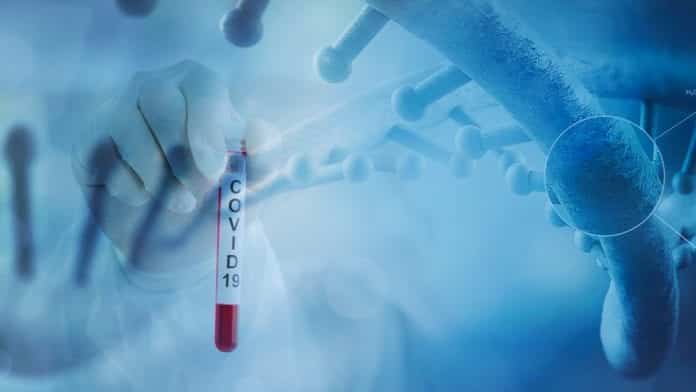The stability of SARS-CoV-2 is similar to the original SARS virus.
SARS-CoV-2 stable for hours on surfaces
As per new research from NIH, CDC, UCLA and Princeton University scientists in The New England Journal of Medication, the coronavirus COVID-19 is stable in aerosols and on the surface for many hours to days. The researchers found that SARS-CoV-2 was present and active in aerosols for up 3 hours, on copper for 4 hours, on cardboard for up to 24 hours and on plastic and stainless steel up to 2-3 days. The outcomes give essential details concerning the stability of SARS-CoV-2, which causes COVID-19 disease, and recommends that people may acquire the virus by touching contaminated things and via air. After the researchers kept the content on a preprint server to rapidly share their information with colleagues, the research details were extensively shared in the past 2 weeks.
The comparison study was done by scientists at NIH, Rocky Mountain Laboratories on how the environment impacts SARS-CoV-1 and SARS-CoV-2. The SARS-CoV-1 also emerged from China and infected more than 8,000 people in 2002 and 2003, like its successor currently circulating around the world. SARS-CoV-1 was eliminated by case seclusion measures and intensive contact mapping and since 2004 no cases have been reported. SARS-CoV-2 is more closely pertaining to the human coronavirus SARS-CoV-1. In the stability research, both the two viruses acted similarly, which regrettably falls short to discuss why COVID-19 has actually come to be a much bigger outbreak.
The NIH study tried to mimic the virus being transferred from an infected person onto the daily surface in a home or medical facility setup by touching objects or by coughing. The scientists then studied how long the virus stayed on the surface areas in a transmittable form.
Some additional observations from the study on the SARS-CoV-2 stable for hours on surfaces:
- Why is SARS-CoV-2 resulting in even more instances, if the viability of the two coronaviruses is similar? The studies and evidence show that SARS-CoV-2 infected people may be spreading the infection without acknowledging, or before recognizing symptoms and signs. This would make disease control measures less effective against SARS-CoV-2, which were effective for SARS-CoV-1.
- Many secondary SARS-CoV-2 cases, transmission seem to be taking place in community settings instead of medical care settings, as opposed to SARS-CoV-1. Nonetheless, medical care settings are also prone to the introduction and spread of SARS-CoV-2, and also the stability of SARS-CoV-2 in aerosols and on surfaces most likely adds to the transmission of the infection.
The findings confirm that to prevent the spread of SARS-CoV-2, public health professionals to utilize safety measures similar to those for influenza and other respiratory viruses.
- Maintain a safe distance from the infected or sick people.
- Don’t touch your mouth, nose, and eyes.
- Self-quarantine at home if you are sick.
- Cover your sneeze and cough using a tissue, and dispose of the tissue properly.
- Using a regular household cleaning spray or wipe, clean and disinfect the places or objects that are frequently touched.
Author: Sruthi S



























